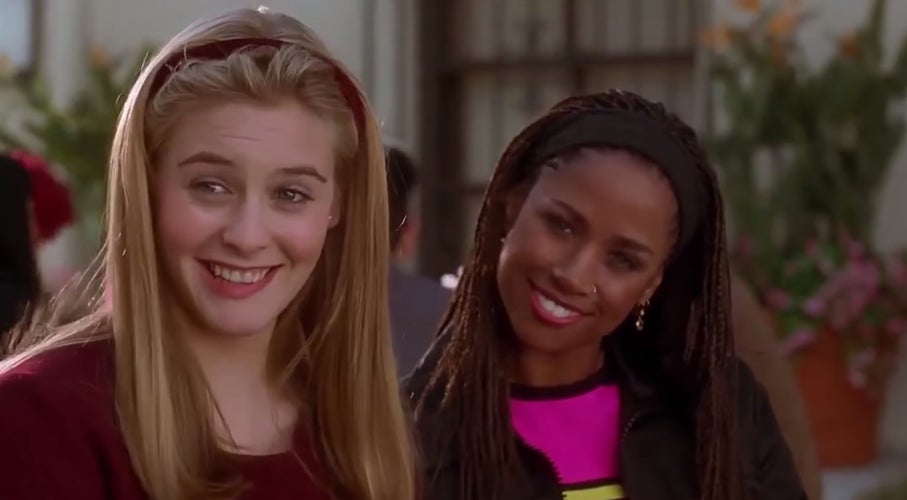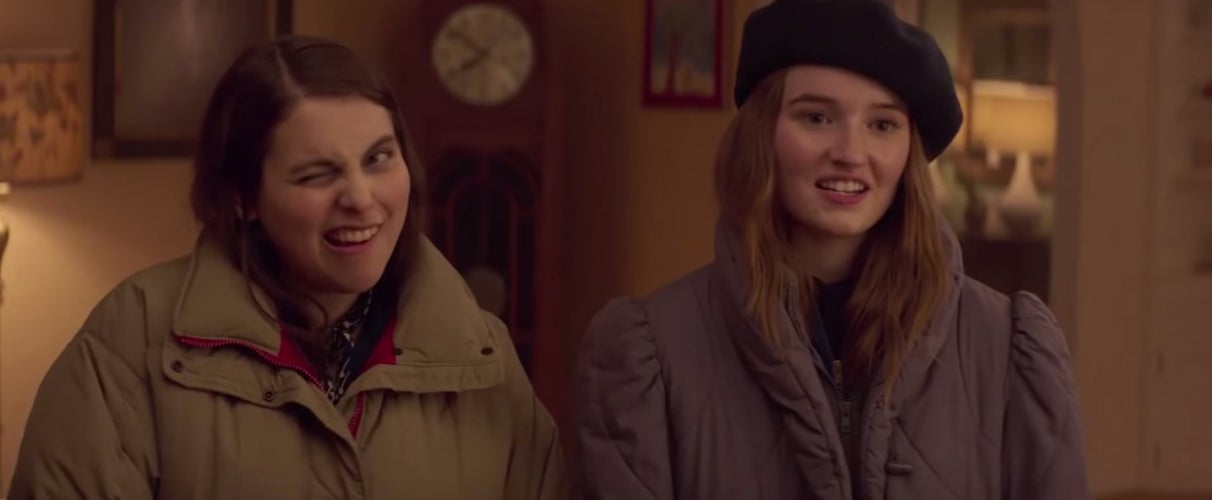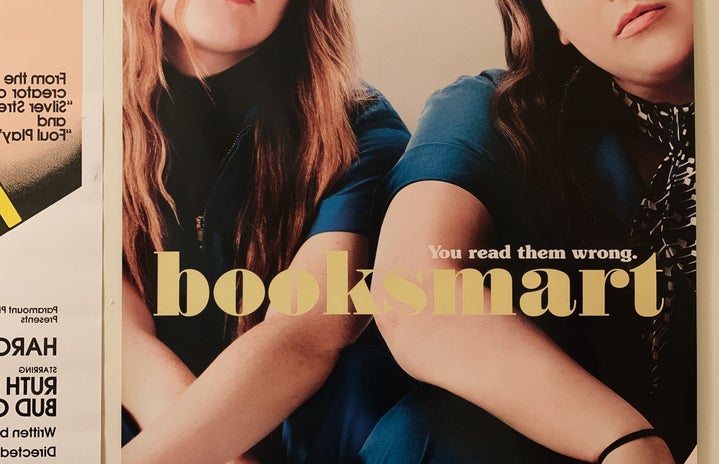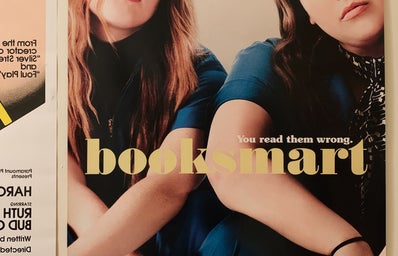“Iris, in the movies we have leading ladies and we have the best friend. You, I can tell, are a leading lady, but for some reason, you’re behaving like the best friend.”
The Holiday (2006)
We all know the leading lady. In most cases, she is conventionally attractive, cisgender, heterosexual, slightly confused, and just the right amount of ‘quirky.’ While it is true that the character of the female protagonist has undergone massive change in the last decade, from Kate Winslet in Titanic to Constance Wu in Crazy Rich Asians, it is equally true that the role of the ‘best friend’ to this leading lady has evolved too. To delve deeper into the way things have changed when it comes to this particular dynamic, I took a look at the different kinds of female friendships we have seen over the years.
Note: For the purpose of this article, I decided to focus exclusively on Hollywood films, so unfortunately iconic TV friendships will not make the cut. Secondly, to better understand the relationship between the lead and her BFF, I will also exclude the movies where there is more than one protagonist such as Bride Wars or The Sisterhood of the Travelling Pants.
Now that the disclaimer is out of the way, let’s get started!
- The ‘Barely There’ Friend
This is the friend who as the title suggests, is barely there. We usually see this character walking the halls of the school or work with our leading lady after which she disappears for the rest of the movie. Her only purpose is to serve as a sounding board for what our protagonist thinks. In the first installment of the To All the Boys I’ve Loved Before series Lara Jean’s best friend is Chris. Although we do see her a couple of times, she barely has any dialogues or a personality, for that matter. In fact, Lara Jean’s sisters Kitty and Margo get way more screen time than her. We hardly get a sense of what she wants in life and we’re not told much about her except for the fact that she dresses up in gothic fashion. If Chris or any other ‘barely there’ friend were replaced by a journal or a mirror, it would hardly make any difference to the plot of the movie.
2.The ‘That’s My Girl’ Friend

The purpose of this friend is to provide support and advice to the leading lady. She may make several appearances throughout the course of the film but each time it’s only to give the leading lady an ego boost or a nudge in the right direction. In Legally Blonde, Elle’s best friends help her study for the LSATs and even attends her first case hearing but unfortunately, they hardly have anything else to do. This supportive friend trope usually follows another rule. Since it is important for the friend to be experienced and helpful but not pose a threat, this character has either already crossed the path that our leading lady is wandering or is on another road altogether. Basically, if the protagonist has romance problems, it’s highly likely that this friend is either married or queer. We see this play out in Sleepless in Seattle where Meg Ryan’s friend who is also her boss, helps her to fulfill her romantic destiny while she herself seems perpetually disappointed with her own marital life. Despite this unhappiness, her problems are never addressed because it is the lead’s dilemmas that take center stage.
3.The ‘Bold’ Friend

A role that has almost been typecast for Judy Greer, this friend has distinct character traits which complement those of the main character. Since this friend has a mind of her own, she calls out the leading lady when she’s making mistakes and even gets away with making jokes and saying things that would make a protagonist too unlikable. Sarcasm, wit, and overall ‘sassiness’ are key elements that Rebecca’s friend in Confessions of a Shopaholic possesses. Unlike the ‘That’s My Girl’ friend who always agrees with the lead, this character has no qualms when it comes to going against what her best friend wants to do. More recently, in 2017’s Ladybird Beanie Feldstein’s character even goes so far as to yell at Saoirse Ronan for abandoning her. Time and again, white directors have cast African-American actresses in the role of this sassy best friend in order to prove that they can be diverse too. Whether it’s Dionne in Clueless or Taylor in High School Musical, such portrayals with no real depth or growth to the character are at best tokenistic.
4. The ‘Let’s Do This’ Friend

Over the past few years, filmmakers have finally started to recognize that female friendships are based on a notion of equality wherein all those involved have ideas and aspirations of their own. They may be each other’s cheerleaders but they also enjoy being cheered on once in a while. With movies like Someone Great, Booksmart, and Pitch Perfect we have seen a more realistic dynamic of friendship. While the story may focus on one friend, the other exists in an important world of her own too. She may root for her friend but she has her goals that are hers and hers alone. Beca may be the protagonist in Pitch Perfect since we view the whole tale from her point of view but the other members of the Barden Bellas get their share of development too. We’re invested in the storylines of the other characters and thankfully it’s not just because they happened to know our leading lady since the age of 14.
5. The ‘Main Character’ Friend

In this version, the best friend herself turns into a lead. The motivations and journey of this character are dependent on how important she feels in the life of her friend. For example, in Bridesmaids, a big part of Annie’s identity is the fact that she is friends with Lillian. So long as Annie retains her maid of honor title and her status as the best friend, she believes in her own abilities. In Greta Gerwig’s masterpiece Frances Ha, it’s obvious that Frances is the protagonist. However, Frances and Sophie’s friendship forms the crux of the story with Frances viewing her best friend as a sort of platonic soulmate for life.
The patriarchy pits women against each other and makes finding and keeping a man seem like the most important quest in a woman’s life. A male romantic partner becomes the ultimate goal. By turning these men in these stories into side characters and championing the friendship between two women, these movies subvert this notion and give young girls and women a relationship to aspire to.
Only this time, it’s not the knight in shining armor who gets the spotlight but the sister who has been by your side all along.



